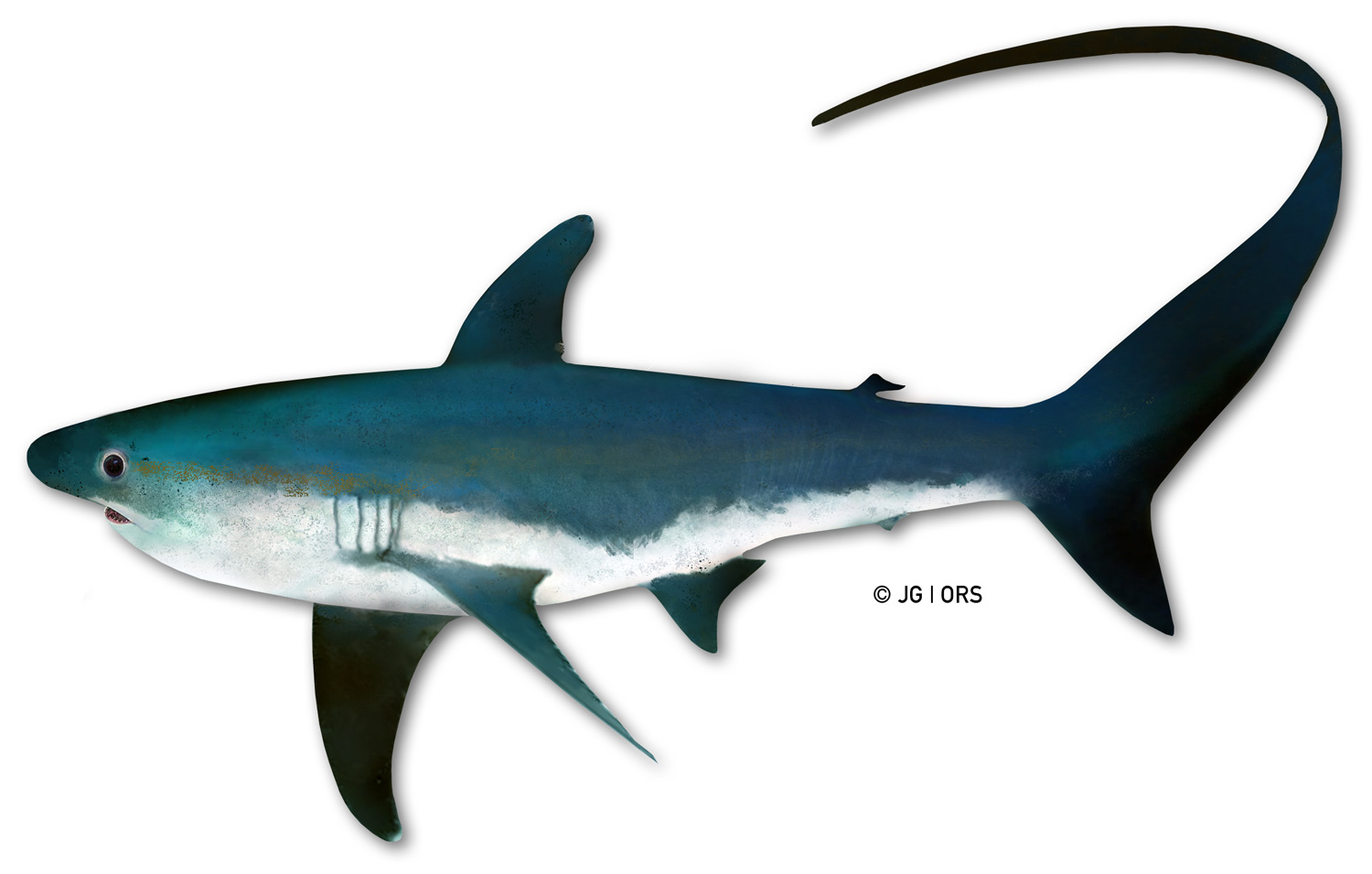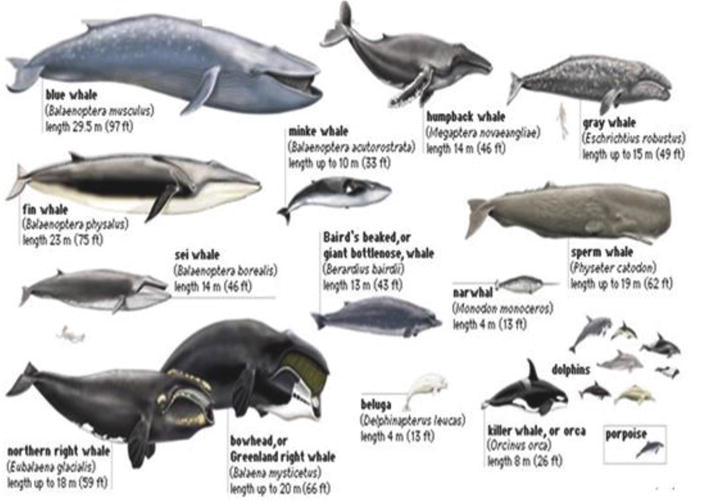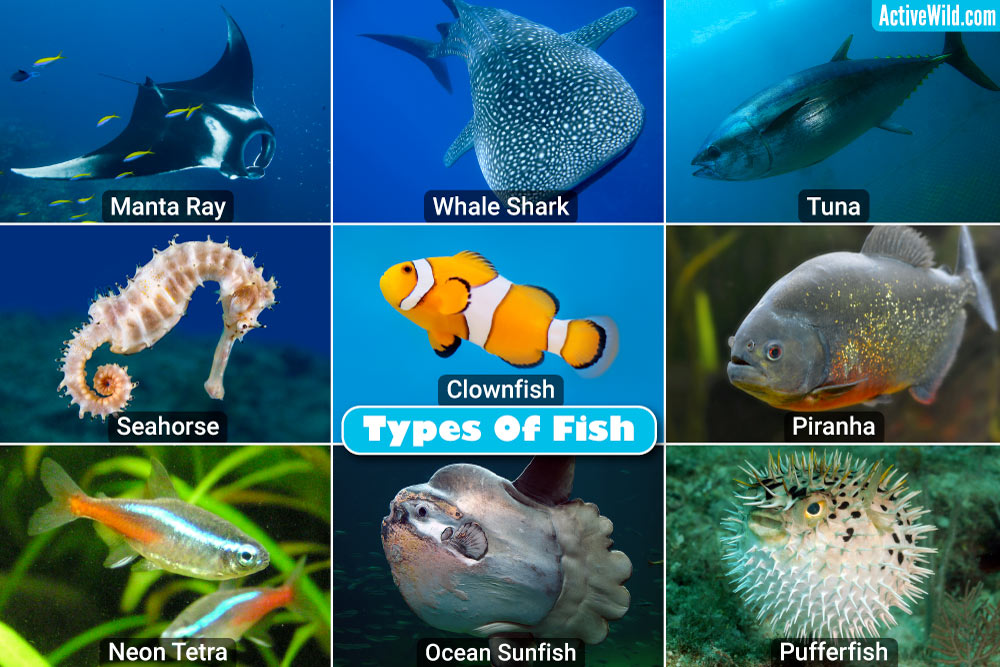The Common Thresher Shark: Insights into this Iconic Pelagic Species
The Common Thresher Shark===
Thresher sharks are an iconic pelagic species that have captivated the interest of scientists and ocean enthusiasts alike. Among the various species of thresher sharks, the common thresher shark (Alopias vulpinus) stands out for its distinctively elongated upper lobe of the caudal fin, making it an easily recognizable and truly remarkable creature. In this article, we will explore the taxonomy, distribution, morphology, feeding habits, reproduction, behavioral patterns, conservation status, and future research perspectives of the common thresher shark.
===Taxonomy and Distribution of the Thresher Shark===
The common thresher shark belongs to the family Alopiidae, which also includes the pelagic thresher shark and the bigeye thresher shark. This family is part of the broader order Lamniformes, which contains other well-known species such as the great white shark and the mako shark. The common thresher shark can be found in tropical and temperate waters worldwide, with notable populations in the Pacific and Atlantic Oceans, as well as the Mediterranean Sea.
===Morphology and Physical Characteristics===
One of the most striking features of the common thresher shark is its exceptionally long caudal fin, which can make up to half of its total body length. This unique adaptation allows the shark to move through the water with remarkable agility, using its tail as a whip to stun and incapacitate its prey. In addition to its caudal fin, the common thresher shark has a streamlined body, a pointed snout, and large, elliptical eyes, enabling it to efficiently navigate its pelagic environment.
===Feeding Habits and Prey Selection===
Thresher sharks are primarily piscivorous, meaning they feed on a diet consisting mainly of fish. Using their long caudal fin, they employ a hunting technique known as “tail-slapping,” in which they strike schools of fish to disorient and stun them. Once their prey is immobilized, the thresher shark will proceed to consume them. Their diet commonly includes small schooling fish such as herring, mackerel, and anchovies, although they have also been known to target squid and other cephalopods.
===Reproduction and Life Cycle of Thresher Sharks===
Thresher sharks are ovoviviparous, meaning that the embryos develop inside the mother’s body until they are ready to be born. The females have a gestation period of approximately nine months, during which they give birth to live young. The litter size can range from two to six pups, each measuring around 1.5 meters in length at birth. The pups are self-sufficient from an early age and will embark on their independent lives soon after being born.
===Behavioral Patterns and Migration Routes===
Thresher sharks are known for their solitary nature, often being encountered alone or in small groups. However, they do exhibit certain social behaviors, such as congregating around cleaning stations where they allow cleaner fish to remove parasites from their bodies. Thresher sharks are highly migratory, following ocean currents and temperatures to search for optimal feeding grounds. They can cover vast distances during their migrations, often spanning across different ocean basins.
===Conservation Status and Threats to Thresher Sharks===
Despite their magnificent adaptations and ecological importance, thresher sharks face several threats that have led to their declining populations. Overfishing is a major concern, driven by high demand for their fins, which are highly valued in the Asian market. Additionally, thresher sharks are frequently caught as bycatch in commercial fishing operations. Their slow reproductive rate and low population growth make them particularly vulnerable to these threats.
===Conclusion: Future Perspectives for Thresher Shark Research===
As our understanding of thresher sharks continues to evolve, it is crucial to prioritize research efforts aimed at their conservation and management. By studying their behavior, migration patterns, and reproductive biology, we can develop effective strategies to protect these iconic pelagic species. Collaboration between scientists, policymakers, and conservation organizations will be essential in ensuring the future of thresher sharks and maintaining the health of our oceans for generations to come.
===OUTRO:===
The common thresher shark is an extraordinary creature that has captured the imagination of marine enthusiasts worldwide. Its unique morphology, feeding habits, and reproductive biology make it a subject of great interest for researchers. However, the declining populations and numerous threats faced by thresher sharks highlight the urgent need for conservation efforts. By protecting their habitats, implementing sustainable fishing practices, and raising awareness about their importance, we can safeguard the future of these majestic creatures and preserve the biodiversity of our oceans.



